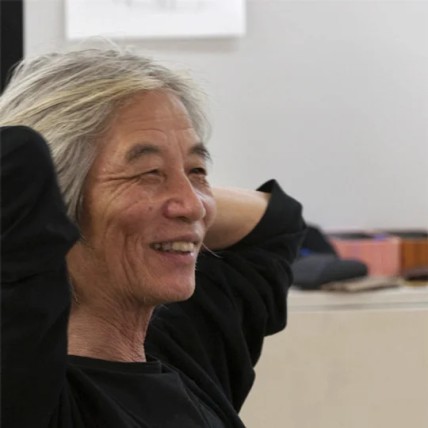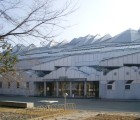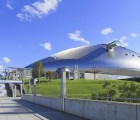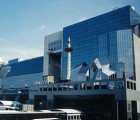Hiroshi Hara highlighted buildings, influences and style

Born in 1936 in Kanagawa (Japan)
Architectural style and influences of Hiroshi Hara
Hiroshi Hara was a prominent Japanese architect known for his innovative and influential contributions to contemporary architecture. His architectural style is characterized by several distinct features that reflect a deep understanding of traditional Japanese design principles combined with modernist and postmodernist influences. Here are some key aspects of Hiroshi Hara's architectural style:
Minimalism and Simplicity
Hara's designs often embrace minimalism, focusing on clean lines, simple geometric shapes, and uncluttered spaces. He believed in the beauty of simplicity and sought to create buildings that were elegant in their understatement. This minimalist approach can be seen in the serene and unadorned facades of many of his structures.
Integration with Nature
Like many Japanese architects, Hara was deeply influenced by the principles of traditional Japanese architecture, particularly the concept of "wa" (harmony). He often sought to create buildings that harmonized with their natural surroundings, blurring the boundaries between indoor and outdoor spaces. This integration with nature can be seen in his use of gardens, courtyards, and carefully positioned windows to frame views of the landscape.
Modernist and Postmodernist Influences
While rooted in traditional Japanese design principles, Hara also embraced elements of modernism and postmodernism in his work. He incorporated innovative materials, such as glass and steel, to create buildings that were sleek and contemporary. At the same time, he experimented with form and structure, often juxtaposing traditional elements with modernist design language.
Geometric Forms and Symmetry
Hara's buildings often feature geometric forms and a sense of symmetry, creating a sense of balance and order. He played with shapes such as cubes, cylinders, and rectangles, arranging them in precise and thoughtful compositions. This geometric clarity can be seen in the facades, floor plans, and spatial arrangements of his buildings.
Monumentality and Monumental Scale
Many of Hara's projects are characterized by their monumental scale and commanding presence. His designs often include large, imposing structures that dominate the surrounding landscape. This sense of monumentality is achieved through the use of bold forms, monumental entrances, and expansive spaces that inspire a sense of awe and grandeur.
Innovative Use of Technology
Hara was known for his innovative use of technology in architecture. He incorporated cutting-edge materials and construction techniques to create buildings that were not only visually striking but also functionally efficient. This commitment to technological innovation can be seen in his use of sustainable design principles and energy-efficient building systems.
Iconic Works
Some of Hiroshi Hara's most iconic works include the Umeda Sky Building in Osaka, Japan, a striking high-rise structure with a unique "floating garden" observation deck; the Kyoto Station, a modernist transportation hub that blends traditional Japanese architectural elements with contemporary design; and the Sapporo Dome in Hokkaido, Japan, a multipurpose stadium with a retractable roof that reflects the surrounding landscape.
Hiroshi Hara's architectural style is a blend of minimalism, traditional Japanese design principles, modernist and postmodernist influences, and a deep respect for nature. His buildings are characterized by their simplicity, harmony with the environment, geometric forms, monumentality, innovative use of technology, and a sense of timeless elegance. Through his visionary designs, Hara made a lasting impact on the world of architecture, creating buildings that continue to inspire and captivate viewers with their beauty and innovation.
Highlighted buildings of Hiroshi Hara:
-
Eichigo Tsumari Art Museum (Tokamachi)
-
Iida City Museum (Iida)
-
Domo Sapporo (Sapporo)
-
Umeda Sky Building (Osaka)
The Umeda Sky Building, designed by the Japanese architect Hiroshi Hara, is a striking architectural landmark located in the Umeda district of Osaka, Japan. Here are some key details about the building and Hara's design:
Design Concept
The Umeda Sky Building was completed in 1993 and is renowned for its innovative design that combines modern architecture with elements of traditional Japanese aesthetics. Hiroshi Hara aimed to create a building that would serve as a gateway to the city,...

-
Kyoto Station (Kyoto)





 Santiago Calatrava
Santiago Calatrava  Ban Shigeru
Ban Shigeru  Benedetta Tagliabue
Benedetta Tagliabue  César Pelli
César Pelli  Frank Gehry
Frank Gehry  Gustave Eiffel
Gustave Eiffel 